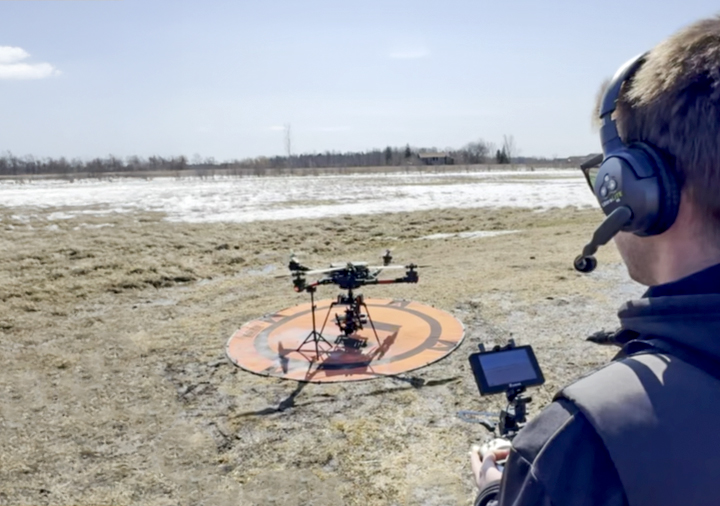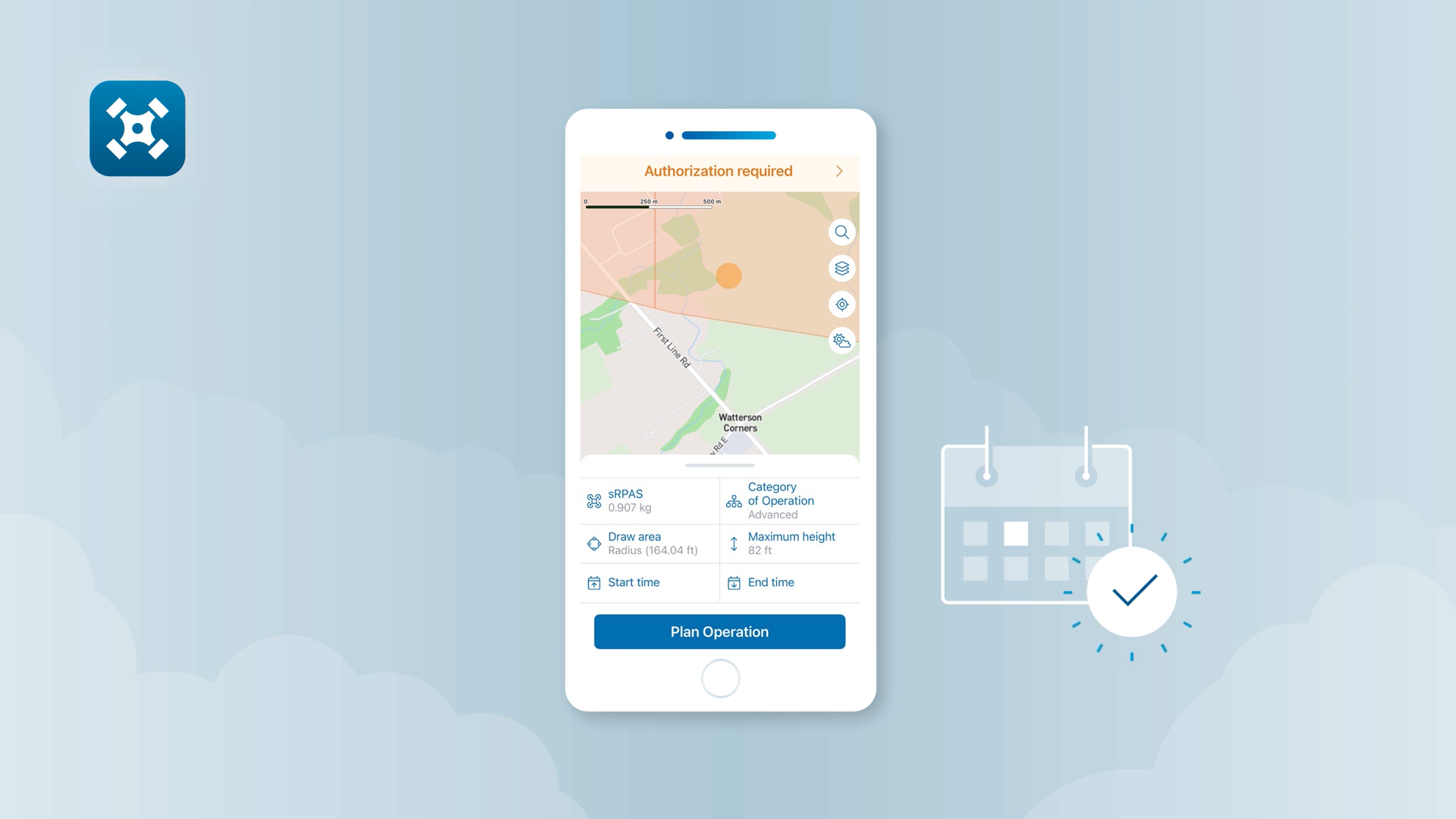







October 17, 2025
Canada’s Remotely Piloted Aircraft Systems (RPAS) industry is about to take a major step forward. Starting November 4, 2025, new Transport Canada regulations will come into effect, introducing more flexible and innovative ways for drone operators to conduct their work. These changes aim to enhance safety, streamline operations, and open new possibilities across various sectors, including film, television, real estate, and agriculture.
At the forefront of these advancements is NAV CANADA's NAV Drone app, which will be updated to support the new operational categories, making it easier for pilots to plan and execute flights in compliance with the updated regulations.
The updated NAV Drone app will enable drone operators to safely and legally perform new types of operations, including:
For professionals already utilizing drone technology, these regulatory changes represent a significant shift in operational capabilities. Josh Dusang, who works at First Class Drones as a Pilot, Camera Operator & Drone Safety Supervisor,, highlights the practical benefits of the changes. “With these new rules, we can fly our larger aircraft—like the Freefly Alta X—without needing a special flight operations certificate (SFOC). For downtown real estate projects, the sheltered operations rule will let us capture an entire building without constantly moving positions. In film and TV, EVLOS will give us the ability to push the drone to greater distances safely, while still keeping full control,” says Dusang.
Having captured drone footage for events, movies and television shows like The Boys, Twisted Metal, Red Bull, Oasis, and Maple Leaf Sports and Entertainment with his colleagues at First Class Drones, Dusang adds, “when it comes to events, having clear rules about who can fly helps protect professional operators like us from interference. With rising SFOC fees and fines, it makes sense that only qualified, professional pilots should be handling these more complex operations.”

Josh Dusang, Pilot at First Class Drones, prepares a Freefly Alta X carrying a cinema camera for takeoff.
Alan Chapman, Director of RPAS Traffic Management at NAV CANADA, emphasizes the importance of this update in supporting innovation while maintaining safety. “These regulatory changes are about enabling new possibilities for drone operators while maintaining high safety standards,” says Chapman. “By integrating these new operation types into NAV Drone, we’re helping operators expand their businesses and explore new applications, all while keeping Canada’s skies safe.”

To assist operators in adapting to the upcoming changes, NAV CANADA is updating the NAV Drone Support page with resources, guidance, and answers to common questions. Pilots can also reach the NAV Drone team directly at navdrone@navcanada.ca.
The November 4 changes mark a significant milestone in the evolution of Canada’s RPAS sector. By opening the door to safer, more advanced operations, NAV Drone is helping to unlock the full potential of RPAS technology across industries—and setting the stage for even more innovation in the years ahead.